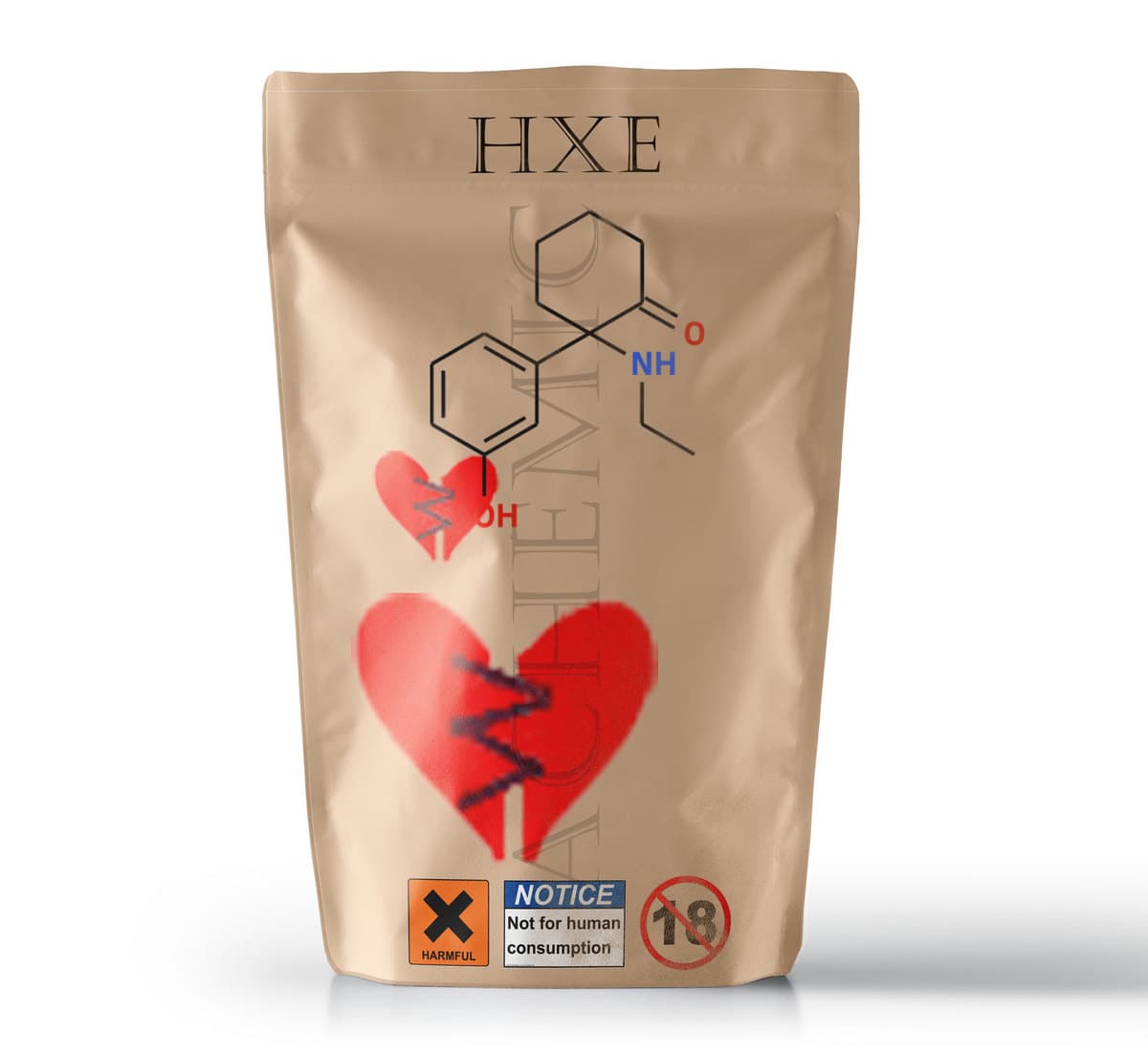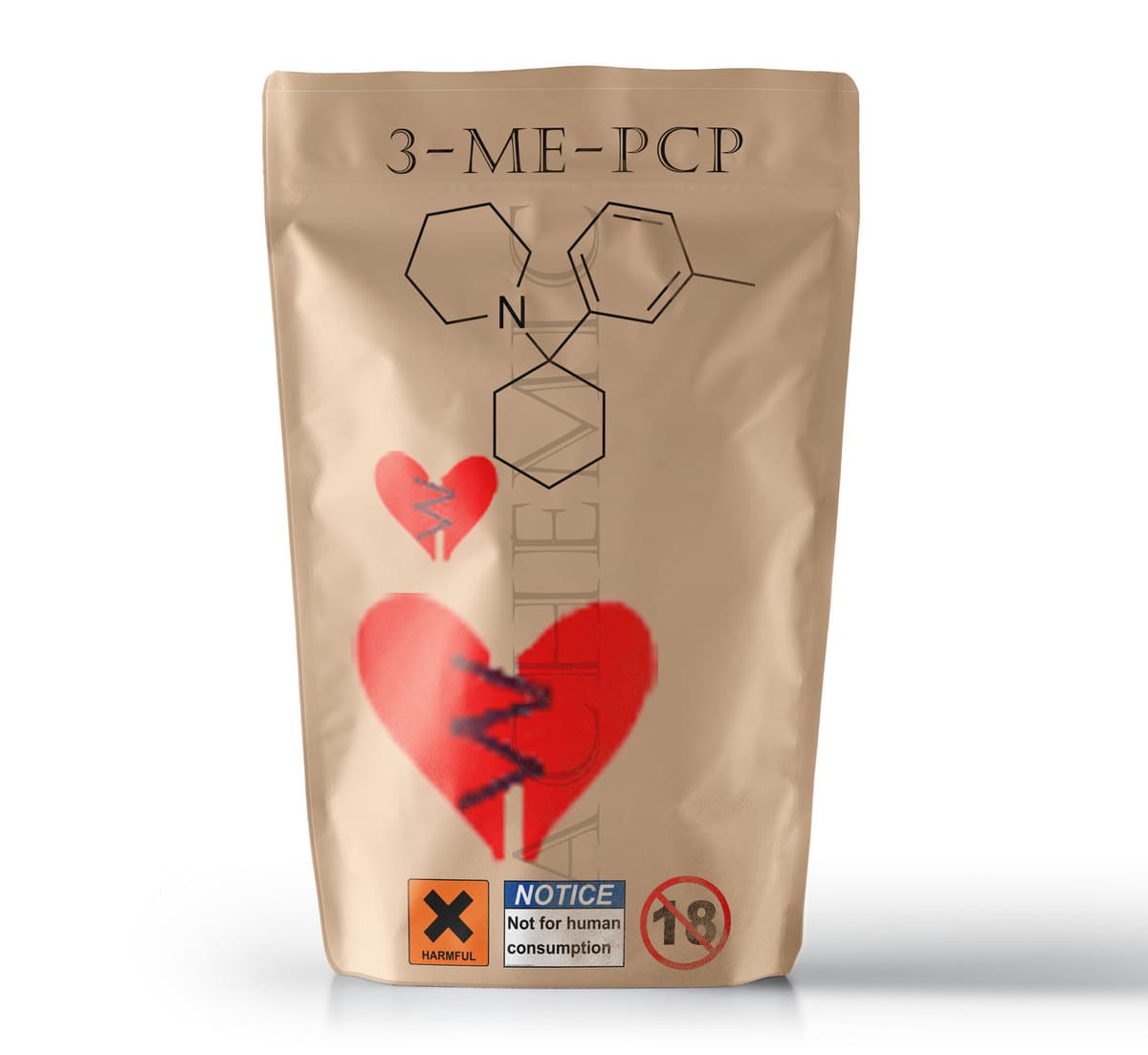2-FDCK (2F-KETAMINE)
$30.00 – $1,650.00
Formal Name: 2-(2-fluorophenyl)-2-(methylamino)-cyclohexanone, monohydrochloride
CAS Number: 111982-49-1
Synonyms: 2-FDCK
Molecular Formula: C13H16FNO • HCl
Purity: ≥98%
Description
2-Fluorodeschloroketamine (2-FDCK) is a dissociative anesthetic drug that is structurally similar to ketamine. It has been used in research as a NMDA receptor antagonist, and as a potential treatment for depression and anxiety disorders.
2-FDCK stands for 2-Fluorodeschloroketamine (2F-KETAMINE). This substance is a synthetic dissociative that’s very similar to ketamine. Like ketamine, experiments with 2-FDCK frequently yield findings of hallucinations, euphoria, and conceptual thinking. Chemically, 2-FDCK is almost structurally identical to ketamine, however, with 2-FDCK, the chlorine group has been replaced by fluorine. 2-FDCK isn’t as heavily experimented with as ketamine is, however, a whole lot of excitement is building around 2-FDCK due to its research properties and its own positive legal status in lots of countries.
This substance is probably the most anticipated research chemicals of all time in the dissociative class. It really is in a league of it’s own in comparison with synthetics such as for example diphenidine and methoxphenidine.
Typically the powder has been when compared to ketamine, although is and should only be used for research purposes.
However, it is important to note that 2-FDCK is not approved for human consumption or medical use by any regulatory agency, and its safety and efficacy have not been established. As with any research chemical, it should only be used in a controlled laboratory setting by trained professionals who follow proper safety protocols and ethical guidelines.
Furthermore, the use of 2-FDCK in research is subject to regulations and restrictions in various jurisdictions, and researchers should ensure that they comply with applicable laws and guidelines. It is also important to obtain the chemical from a reputable supplier and to properly store and dispose of it according to standard laboratory protocols.
Overall, while 2-FDCK may hold promise for research purposes, its use should be approached with caution and in accordance with best practices and regulations.
Chemistry
2-Fluorodeschloroketamine, or 2-(2-Fluorophenyl)-2-methylamino-cyclohexanone, is classed as an arylcyclohexylamine drug. Arylcyclohexylamines drugs are named as a result of their structures such as a cyclohexane ring bound to an aromatic ring along with an amine group. 2-FDCK contains a phenyl ring bonded to a cyclohexane ring substituted with a ketone group (cyclohexanone). An amino methyl chain (-N-CH3) will the adjacent alpha carbon (R2) of the cyclohexanone ring. Additionally, the phenyl ring is substituted at R2 with a fluorine group.
2-Fluorodescholoroketamine is a chiral molecule and will often be produced as a racemate. Des- is a prefix within chemistry to denote the absence of a functional group (in cases such as this “chloro”) hence 2-FDCK is called for containing a fluorine substitution at its phenyl ring the chlorine which is positioned in ketamine.
Pharmacology
Due to the lack of research substance, all discussion pharmacology of it really is purely based on its structure and subjective effect similarities to other arylcyclohexylamine dissociatives such as for example DCK and ketamine. With this thought, 2-Fluorodeschloroketamine is considered to become an NMDA receptor antagonist.
NMDA receptors allow for electrical signals to pass between neurons in the brain and spinal column; for the signals to pass, the receptor should be open. Dissociatives close the NMDA receptors by blocking them. This disconnection of neurons causes loss of feeling, difficulty moving, and finally this substance’s exact carbon copy of the “K-hole.”
2 reviews for 2-FDCK (2F-KETAMINE)
Only logged in customers who have purchased this product may leave a review.







Mike –
Outstanding stuff!
Chad –
2-FDCK offers a dissociative experience akin to ketamine but with smoother effects and reduced side effects.